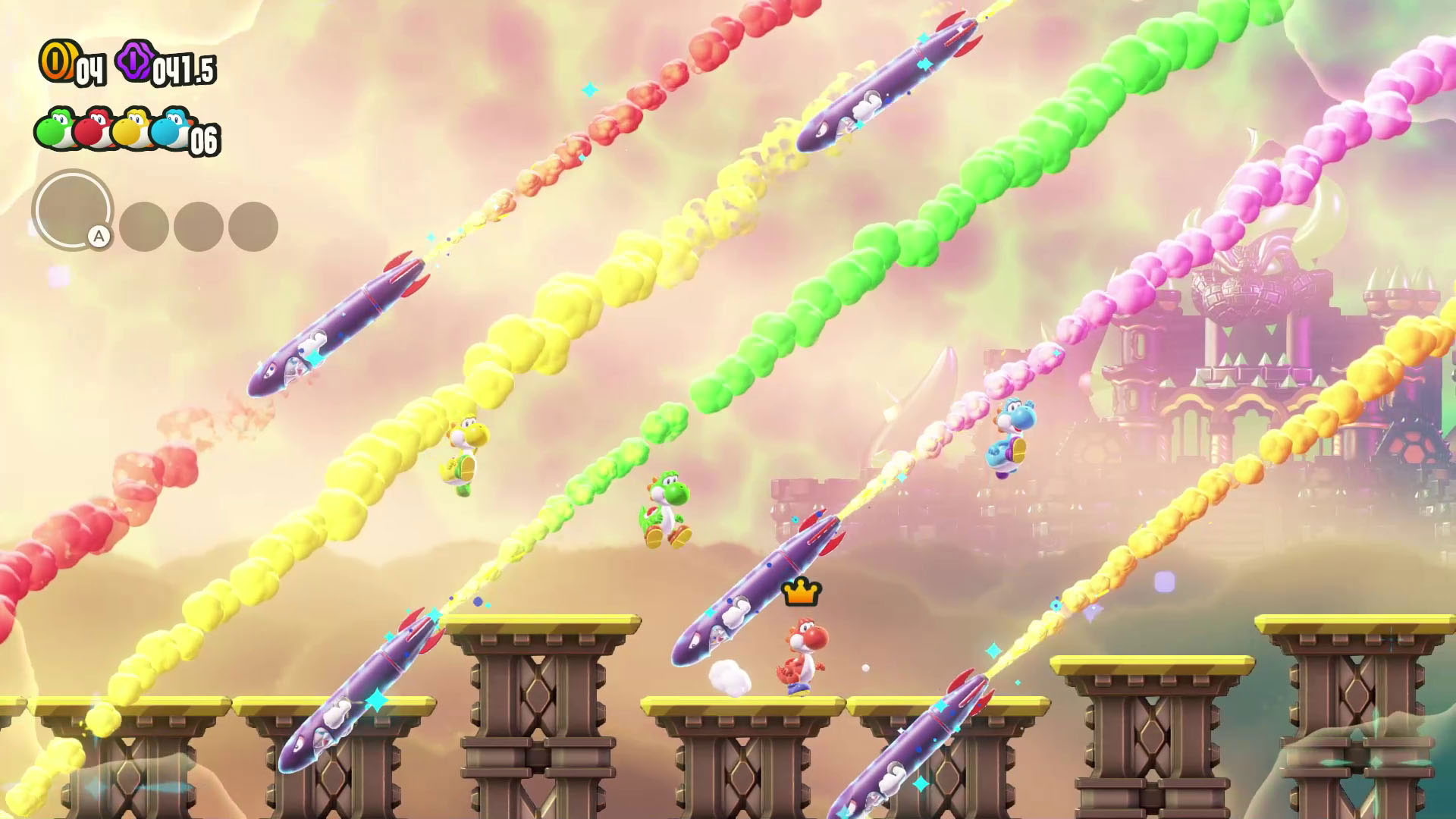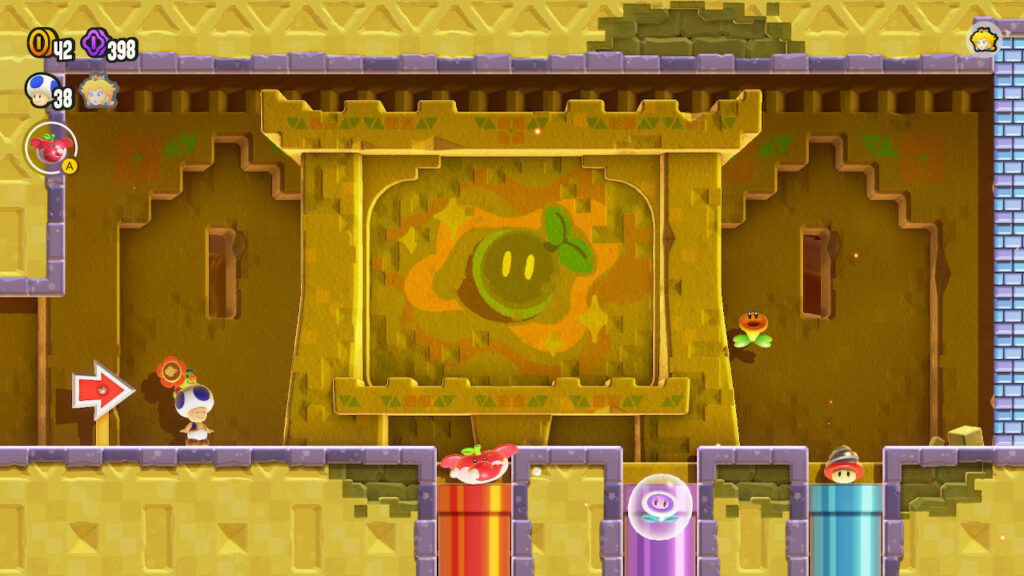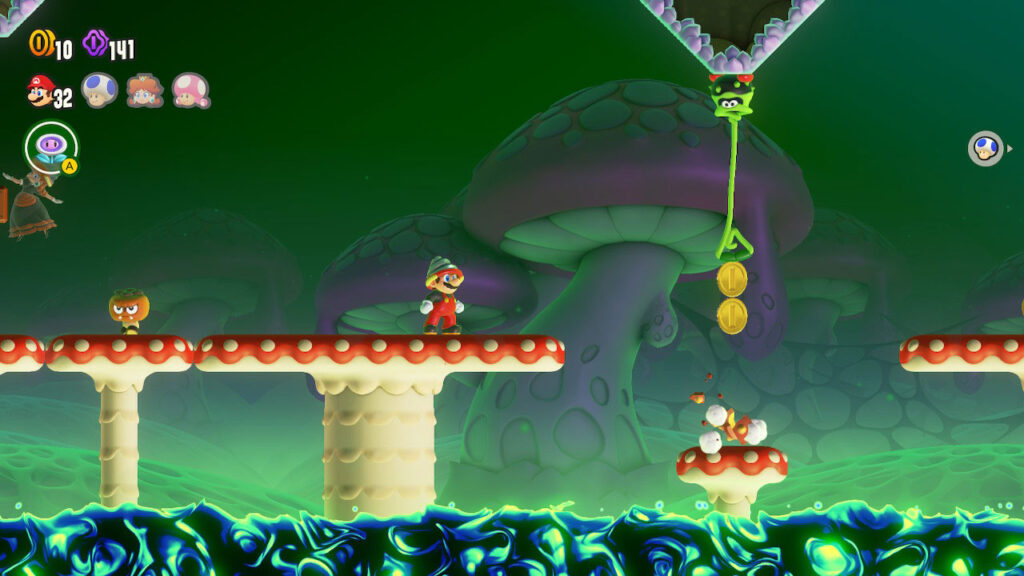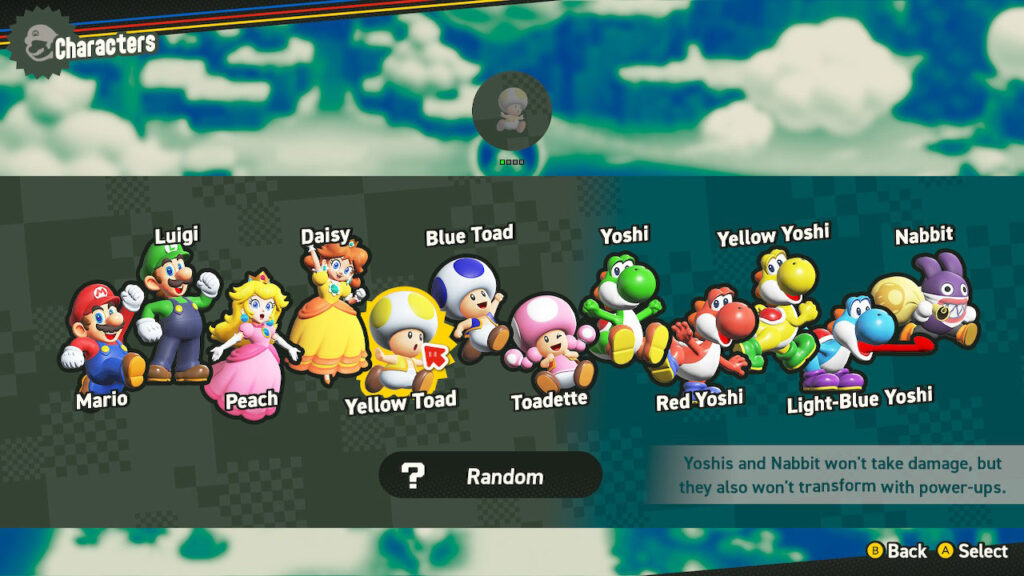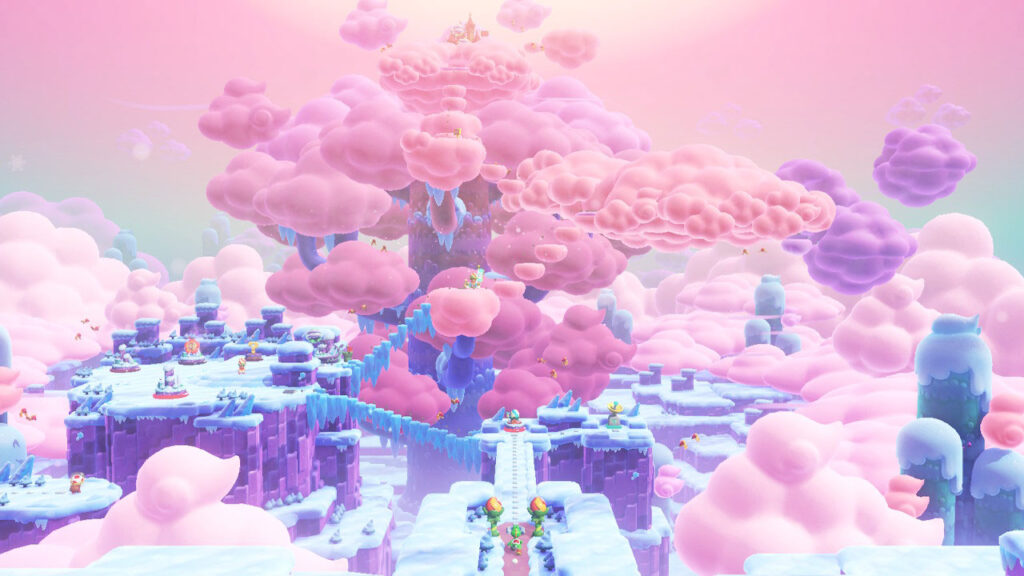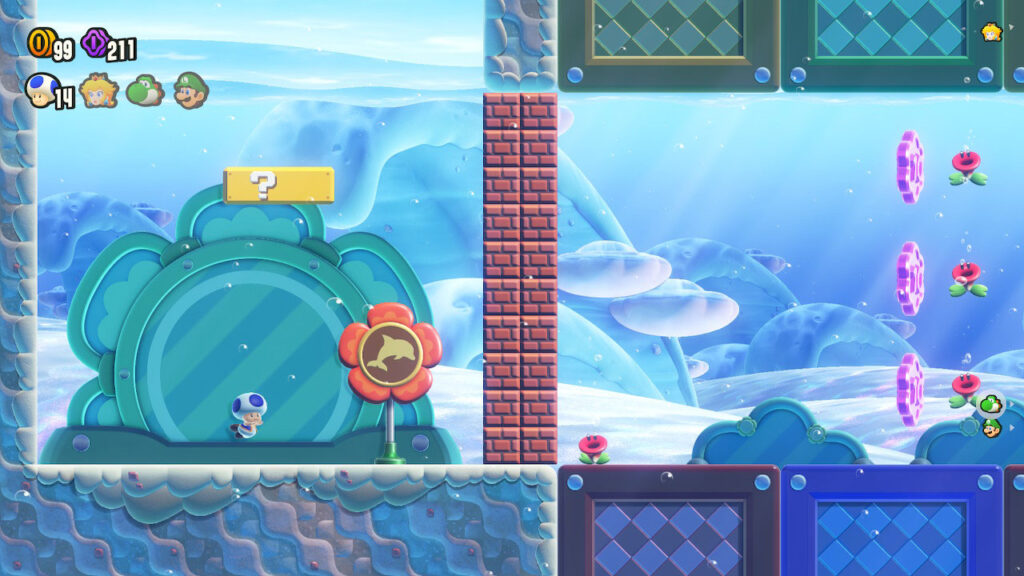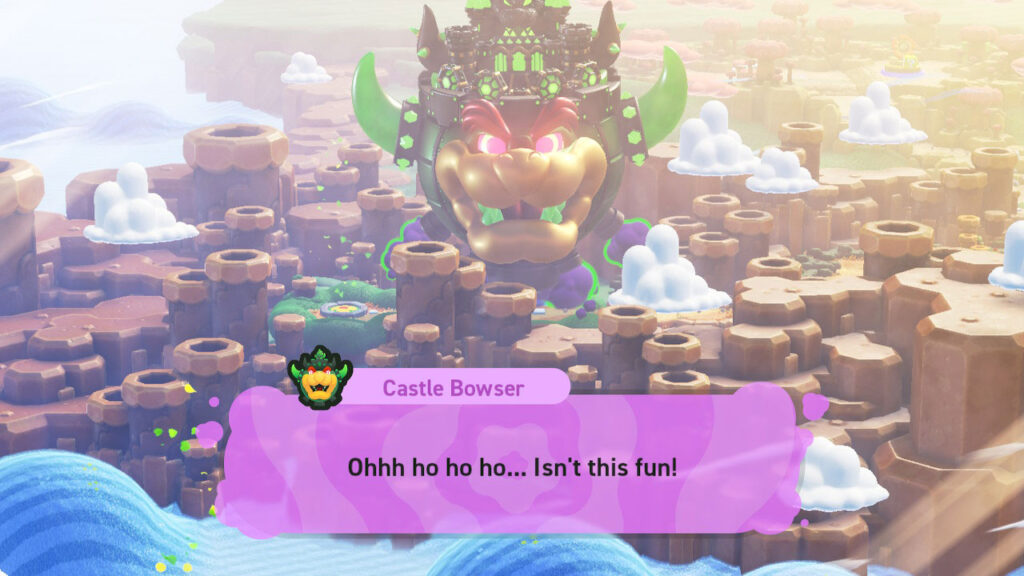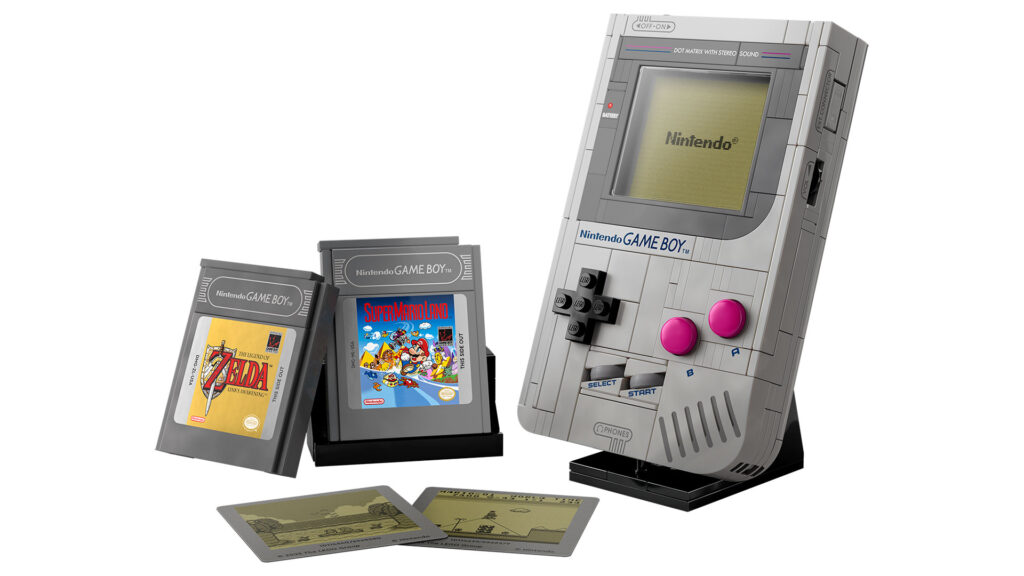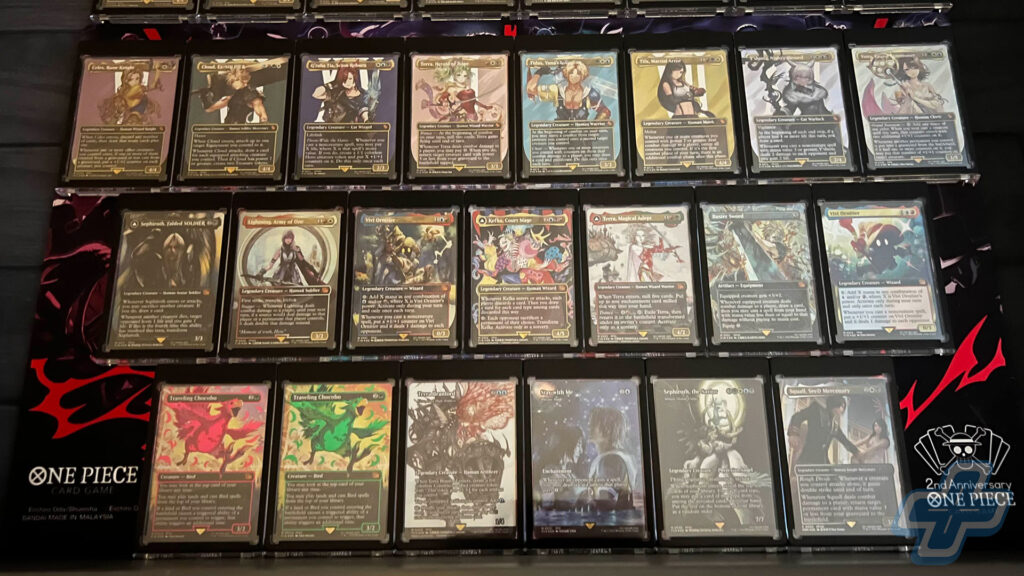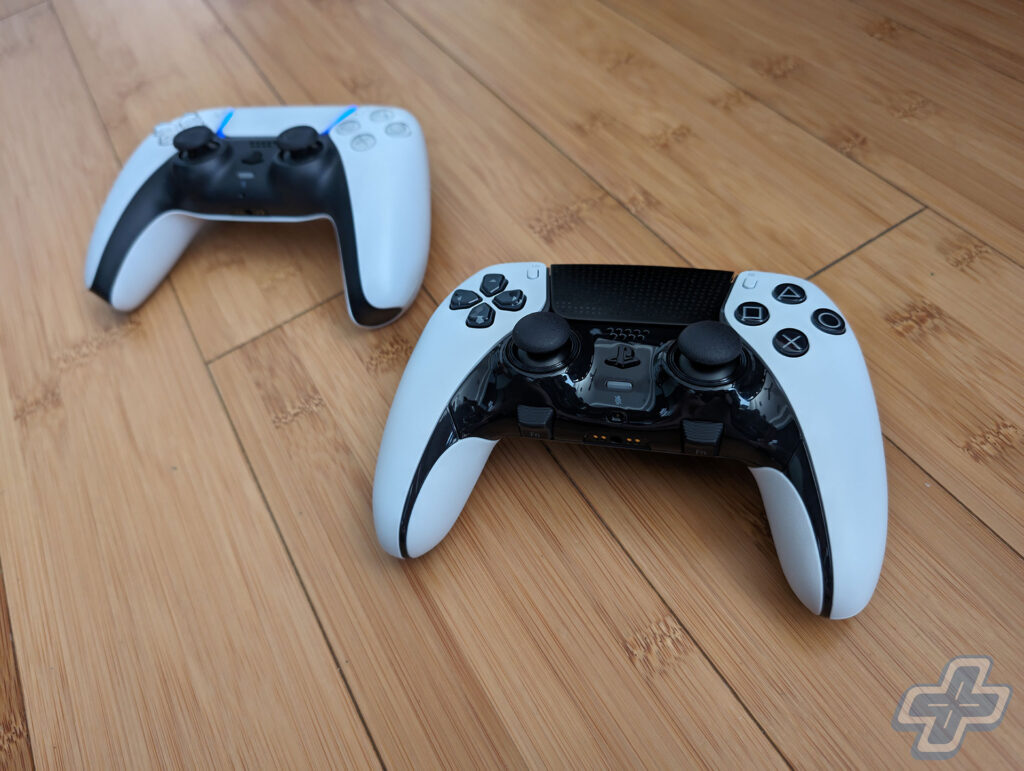Quick Verdict
In Super Mario Bros. Wonder, Nintendo’s first-party developers prove they’re in a class of their own. Despite being one of the longest-running franchises in video game history, it continually reinvents itself with fresh, exciting gameplay. It’s packed to the brim with creativity and genuine fun, in a world bursting with vibrant colors and lively environments. More importantly, Super Mario Bros. Wonder will put a smile on your face, no matter how jaded you’ve become with video games.
At the core of Super Mario Bros. Wonder is a familiar 2D side-scrolling formula, but the effects of the Wonder Flowers combined with a creative take on online cooperative play transform this Mario experience into an unforgettable one. It doesn’t matter how old you are, or when you started playing video games, Super Mario Bros. Wonder deserves your attention because it truly captures what a video game should be. It’s more than a game; it’s a testament to the enduring magic and innovation of the Mario series.
Our Princess is… Not in Another Castle
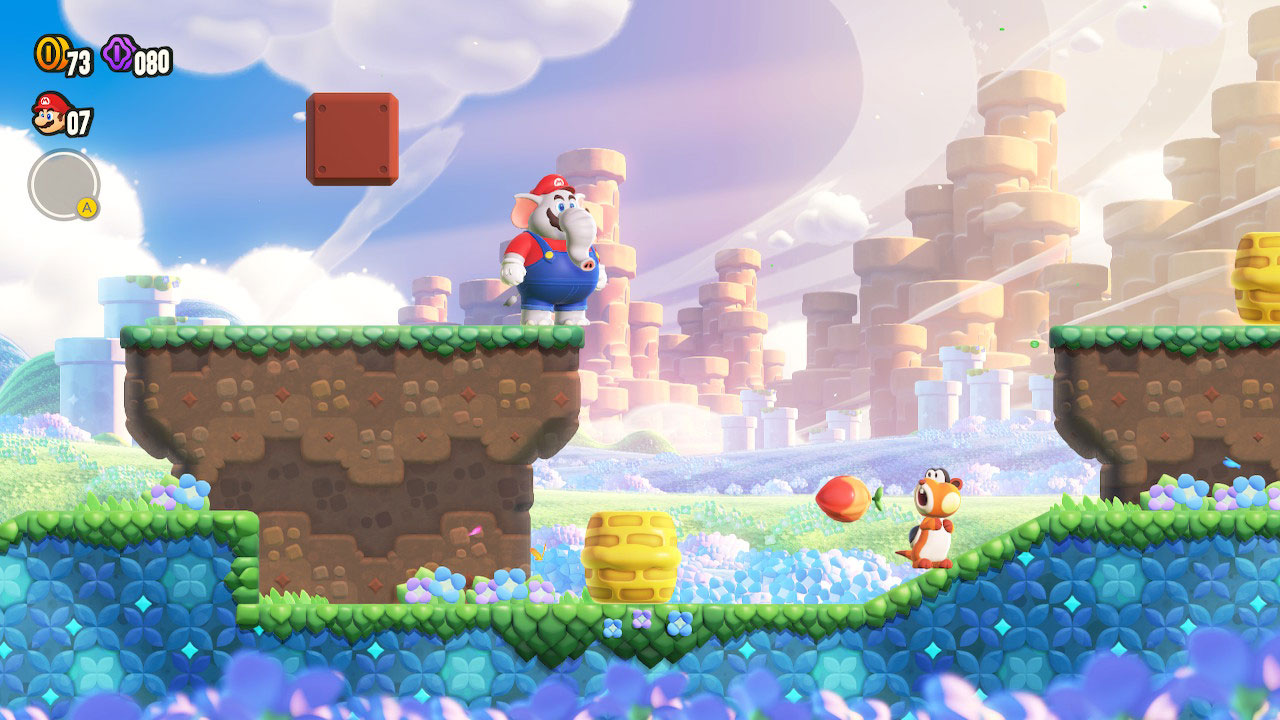
Marking 40 years since the debut of the original Mario Bros. arcade game, Mario remains a cultural icon, evolving significantly from his initial appearance. Some studies and reports even show that Mario is more recognizable to children than Mickey Mouse. This speaks volumes about the character’s enduring appeal, transcending generations and cultural boundaries. For those who grew up in the 1980s and experienced Super Mario Bros. and its sequels on the Nintendo Entertainment System, Super Mario Bros. Wonder will feel like a huge buffet of nostalgia and innovation. Personally, it was the first 2D Mario game that gave me the same sense of wonder and joy that Super Mario World provided me on the Super Nintendo Entertainment System. At the time, that game set a high bar with its creative levels and innovative gameplay. Super Mario Bros. Wonder channels that same innovation and depth, making it feel like a true successor.
Taking place in the Flower Kingdom (instead of the Mushroom Kingdom), Super Mario Bros. Wonder continues in the recently-established tradition that we are no longer rescuing Princess Peach from Bowser. Instead, the King of the Koopas has managed to transform himself into a literal castle, which really sets the tone of the game. It’s silly, it’s fun, and no part of it takes itself too seriously. I mean, how could you in a game where Mario and company can transform into an elephant? Super Mario Bros. Wonder isn’t just about recapturing that joy we had playing Super Mario Bros. games when we were kids; this entry in the series is perfect for introducing that experience to a new generation of young gamers.
A Truly Memorable Journey
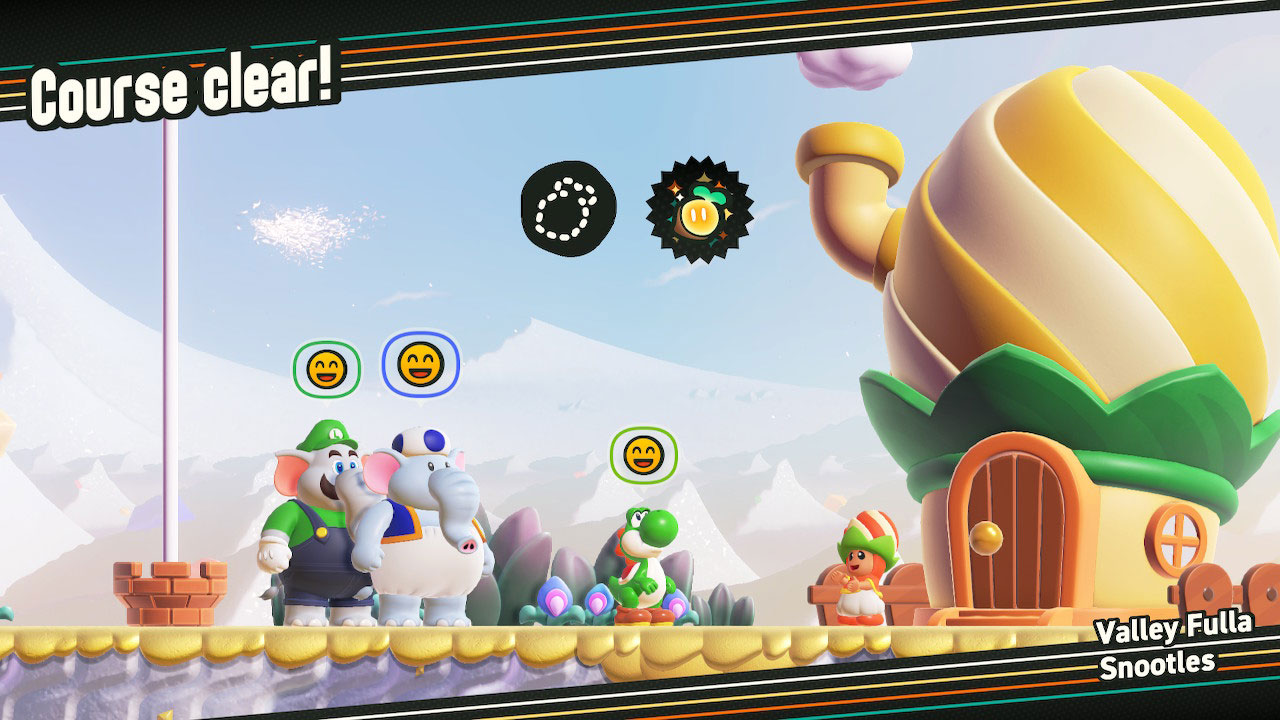
Though the Wonder Flowers are the main feature many talk about from Super Mario Bros. Wonder, it’s the game’s innovative online play that left a lasting impression on me. This creative take reminded me of the game Journey. If you’ve never had a chance to play Journey, I highly recommend you do so. For those who have experienced it, you’ll understand what I’m alluding to with Super Mario Bros. Wonder’s online play. On paper, it may seem like a gimmick, but the ability to save others when they’ve “died” really inspires players to work together. Combined with the lack of a timer for each stage, I experienced others who would wait for their fellow stage runners in order to ensure everyone safely makes it to the end of the level.
The first time you experience rescuing someone, or someone rescues you, you’ll realize just how ingenious the system really is. I began my playthrough as Yoshi—because that dinosaur is objectively the best character in the game’s roster—but wanted to switch because you don’t get to experience the fun power ups Super Mario Bros. Wonder has to offer, since Yoshi and Nabbit are “easy mode” characters. But for some levels, I enjoyed playing as Yoshi, as I could avoid most deaths and serve as a helpful companion to rescue others. This unique feature turns each level into a collaborative journey, where helping others becomes more rewarding than advancing through the levels yourself.
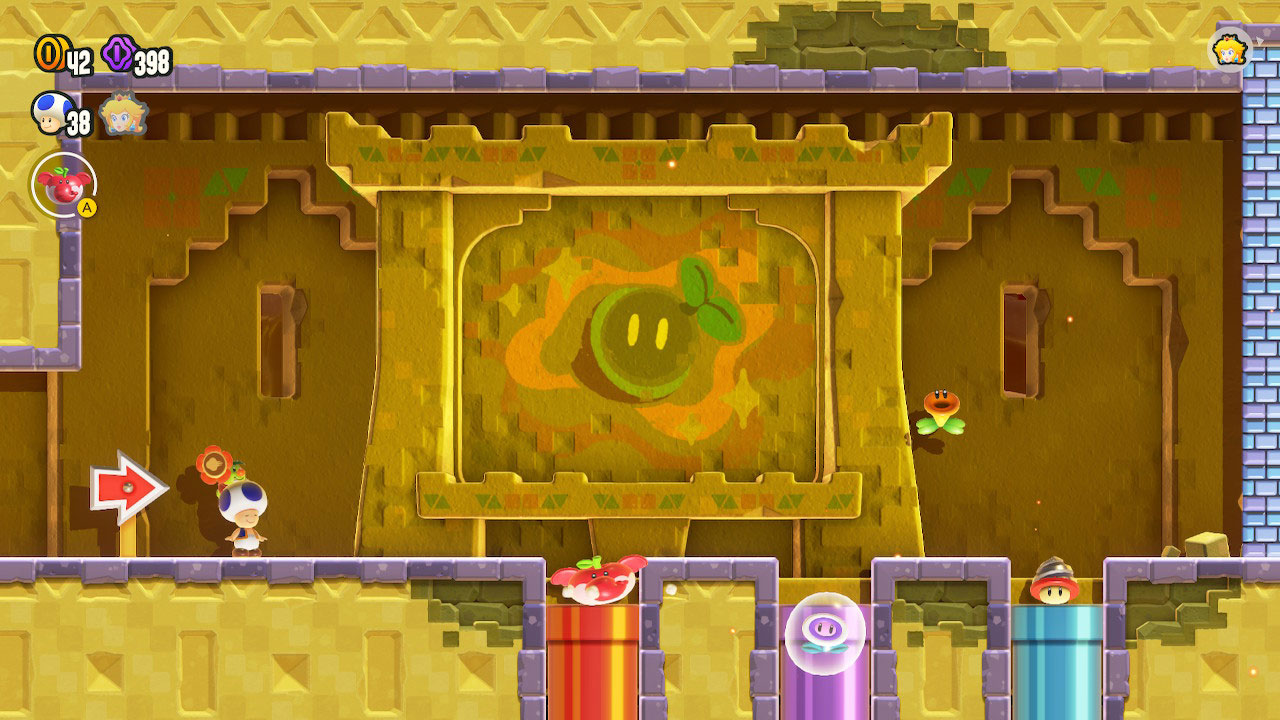
But what makes that whole experience so unique and memorable is that you aren’t able to really communicate with any of the people you’re playing with. You have some basic emotes to choose from, and I found myself mainly using the smiling emoji, as did many other players I encountered. From what I experienced, the chances of running into the same players is very slim. It reminded me of when I was a child, spending weekends at places like Discovery Zone or Chuck E. Cheese. When you’re a kid, you’d spend time playing with complete strangers in these giant ball pits and other amusements, with little communication. Then, when your parents say it’s time to go home, you leave and never see those other kids ever again. Just like those childhood adventures, Super Mario Bros. Wonder creates fleeting yet memorable connections, capturing the essence of uninhibited, joyful play.
The “Search Party” levels take the collaborative efforts to new heights. In those stages, you’re trying to locate five items and more often than not, everyone within that level works together. You’ll see players dropping standees as hints on where to go, while others will guide you to the best of their ability through emotes and jumping. It’s also quite entertaining when you see characters running around spamming the ? emote, as we’re all lost and confused on where to find the final item. These Search Party levels effectively show how Super Mario Bros. Wonder innovates, while staying true to its fun, 2D Mario roots.
Something for Every Toad in the Kingdom

True to its legacy, Super Mario Bros. Wonder masterfully caters to gamers of all skill levels, from platforming novices to seasoned speedrunners. The game introduces badges, which are essentially modifiers to your character. You can equip one at a time and the game might even suggest a badge for a particular level. The abilities found on badges range from starting with a Mushroom to faster sprint speeds to higher jumps. None of these badges feel particularly “broken” but choosing the right one for a stage can make it a more comfortable experience.
Before entering each level, the game will let you know its difficulty based on a five-star rating. Given the decades of experience Nintendo has crafting these types of stages, it should come as no surprise that every level feels fair. If you’re having a particularly hard time completing one, there is always the option to swap to Yoshi or Nabbit, although that won’t prevent you from falling to your death. Very rarely will you encounter a level that can’t be completed as Yoshi or Nabbit, but they do exist.
For experienced Super Mario Bros. players looking for some challenge beyond getting collectibles, there’s an entire special area with a few creative stages that ramp up the difficulty. Nothing in that zone is required in order to complete the main campaign, so it’s purely optional. Super Mario Bros. Wonder shines in its ability to be universally enjoyable, proving once again that Nintendo knows how to create a game that appeals to every kind of player.
It’s Just Peachy

Super Mario Bros. Wonder has everything you’d expect from a 2D Super Mario Bros. title, but at the same time, it’s filled with unexpected surprises. I can’t praise enough the creativity that is found with each of the Wonder Flowers, and just how entertaining they are to activate. Some of these effects are very game-changing, but somehow Nintendo has crafted them so you’ll quickly understand what has happened. The fact that your brain is able to quickly adapt to some of these changes goes to show just how well designed Super Mario Bros. Wonder is.
Clearly I loved most of my experience with Super Mario Bros. Wonder but no game is perfect. I have some minor gripes about its soundtrack, which is not very memorable. Another issue is that all the characters, except for Yoshi and Nabbit, play the same. I was really hoping we’d get something akin to Super Mario Bros. 2, where each character felt different. Unique badges that could only be equipped by certain characters would have been an interesting way to add gameplay variety with the cast.

But my biggest issue with Super Mario Bros. Wonder is that it’s too short. I’m sure there are only so many creative ideas Nintendo can come up with for a single game, but that won’t stop me from wishing it had more levels than it does. Most players will average about 10 hours for the main stages, and then an additional handful of hours collecting all the items and doing the special area. While the game might feel short for veterans, its accessibility makes it an ideal introduction to 2D Mario games for a new generation. Despite these minor shortcomings, Super Mario Bros. Wonder remains a standout title, offering a rich and enjoyable experience that leaves you wanting more.
Six years ago, Super Mario Odyssey brought us the most memorable 3D Mario experience we’ve yet seen. While Super Mario Bros. Wonder isn’t as groundbreaking as Odyssey, I find it to be the most charming 2D Mario game we’ve had in decades, with its gorgeous aesthetics, Wonder Flower effects, and effective online multiplayer. It’s truly a marvel how Nintendo continually innovates in the series, bringing fresh ideas and mechanics that excite and surprise. I can’t wait to see what they have in store for the next 40 years.
Super Mario Bros. Wonder was released on October 20, 2023 on Nintendo Switch. This review is based on a purchased retail copy of the game on Nintendo Switch. While FullCleared does have affiliate partnerships, they do not influence our editorial content. We may, however, earn commissions for products purchased via affiliate links.

